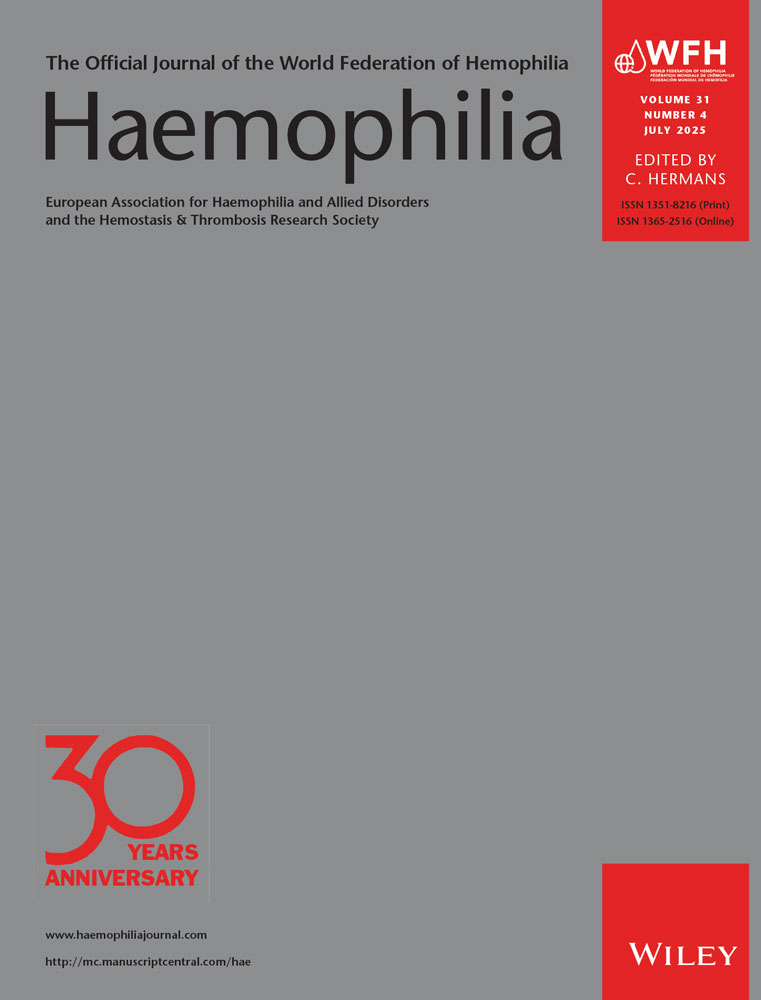Home-based factor infusion therapy and hospitalization for bleeding complications among males with haemophilia
Abstract
Information from the medical records of 2650 US males with haemophilia living in six states was used to examine the influence of infusing factor concentrate at home (home therapy) and other variables on rates of hospitalization for a haemorrhagic bleeding complication (HBC) over a 4-year period. Bleeding complications included actual and suspected haemorrhagic events but excluded elective admissions for procedures necessitated by haemorrhage (e.g. joint synovectomy). Other risk determinants considered in the analyses included age, race, employment status, health insurance type, care received in federally funded haemophilia treatment centres (HTCs), factor deficiency type and severity, amount of factor prescribed, prophylactic treatment, and presence of inhibitors at baseline. Survival analysis methods were used to evaluate relationships between baseline risk factors and subsequent hospitalization rates. During 8708 person years (PYs) of follow-up, 808 subjects (30.5%) had a total of 1847 bleeding-related hospitalizations; an overall rate of 21.2 admissions per 100 PYs. Using proportional hazards regression to adjust for all of the studied factors, we found that home therapy use (among residents of four of the states) and care in HTCs were independently associated with a decreased risk for a first HBC. Patients who had government-sponsored health insurance or who had no insurance, those of minority race or ethnicity, those with higher levels of factor use, and those with inhibitors were at increased HBC risk. We conclude that the use of home therapy and receipt of care in HTCs are each associated with a substantially lower risk for HBC among males with haemophilia.




